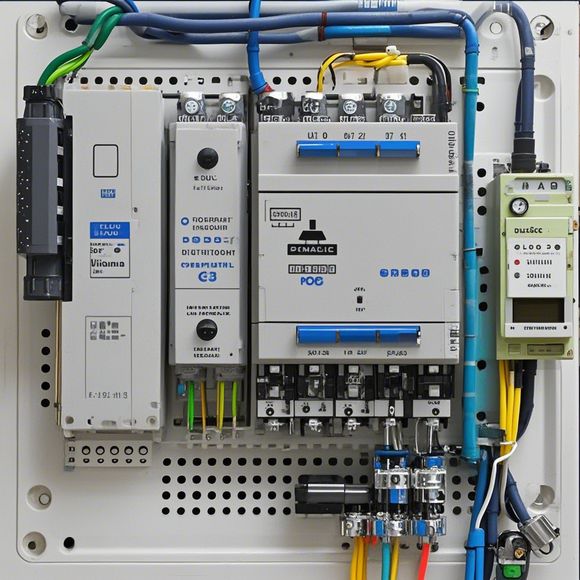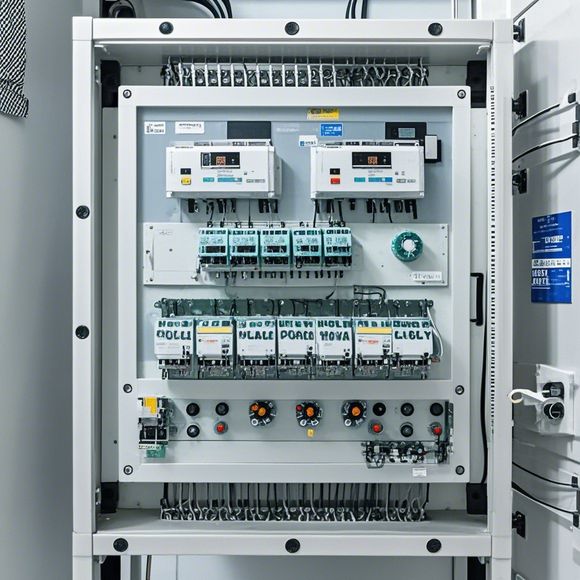What is the PLC (Programmable Logic Controller) and Why Do We Need It in Our Business?
A Programmable Logic Controller (PLC) is a computerized device used for automation and control of industrial processes. It's like a mini-computer that can run software programs to control various devices in the factory. We need it because it helps us automate our production lines, monitor equipment performance, and optimize our operations. It makes our business more efficient, reduces errors, and improves overall productivity.
Hello everyone! Today I want to talk to you about a very important topic that many of us have come across at some point in our business journey, which is the PLC. For those of you who might not be familiar with it yet, let me give you a quick overview.

A Programmable Logic Controller or PLC is a device that is designed to control and monitor industrial processes. It can be used in a variety of industries, such as manufacturing, construction, and even healthcare. The key thing to understand is that it's not just any old controller; it's specifically programmed to handle complex tasks and make decisions based on data from sensors and other devices within the system.
So why do we need PLCs in our business? Well, there are several reasons. Firstly, they can save us time and money. By automating processes and making them more efficient, we can reduce costs and improve productivity. Secondly, PLCs can enhance our safety. They can detect faults and issues before they become serious problems, ensuring that our employees and customers are safe. And finally, they can provide better quality control and monitoring. By using advanced sensors, we can track and measure variables in real-time, allowing us to optimize our production and ensure that our products meet the highest standards.
So how do we use a PLC? Well, the process is relatively straightforward. Firstly, we need to identify the tasks that need to be automated and determine which PLC will be best suited for each one. Then, we program the PLC to perform the desired actions. This could involve setting up sensors to detect specific conditions or triggering certain actions when certain events occur. Finally, we test the PLC to ensure that it's working as intended and make any necessary adjustments.

Of course, there are also some challenges associated with using PLCs. One of the biggest challenges is programming them correctly. It can be difficult to get everything set up just right, especially if you're not familiar with programming languages like Ladder Diagrams or PFC (Programming Firmware Configuration). Another challenge is maintaining and updating the software. As technology evolves, so do the needs of our PLC systems, and it's important to keep them updated to ensure optimal performance and safety.
In conclusion, PLCs are an essential part of modern industrial operations. They offer a wide range of benefits, from improved efficiency and safety to better quality control and monitoring. So if you're looking to improve your business operations, don't forget to consider incorporating PLCs into your workflow. Thanks for listening, and good luck with your business!
Content expansion reading:

Articles related to the knowledge points of this article:
PLC Controller Selection Guide for Foreign Trade Operations
PLC Programming for Automation Control in the Manufacturing Industry
PLC (Programmable Logic Controller) Control System Basics
The Role of Programmable Logic Controllers (PLCs) in Foreign Trade Operations
Connecting a PLC Controller to Your Computer
PLC Controllers: A Comprehensive Guide to Understanding Their Prices